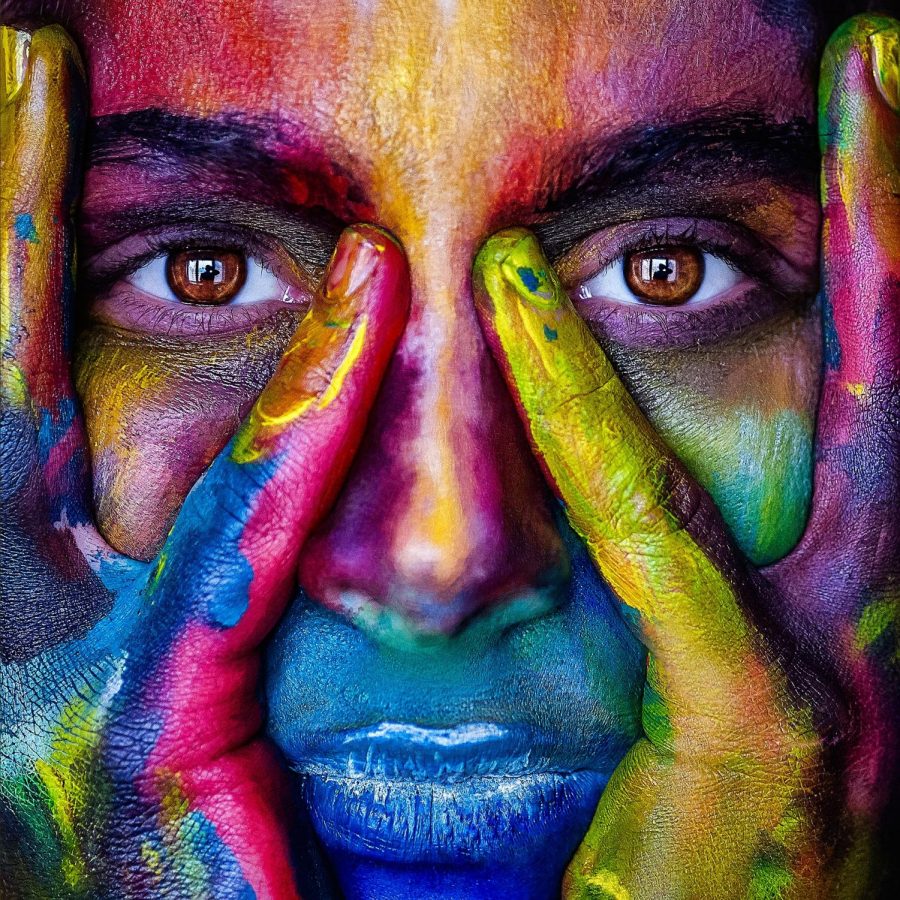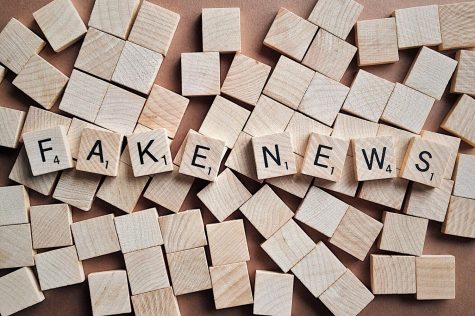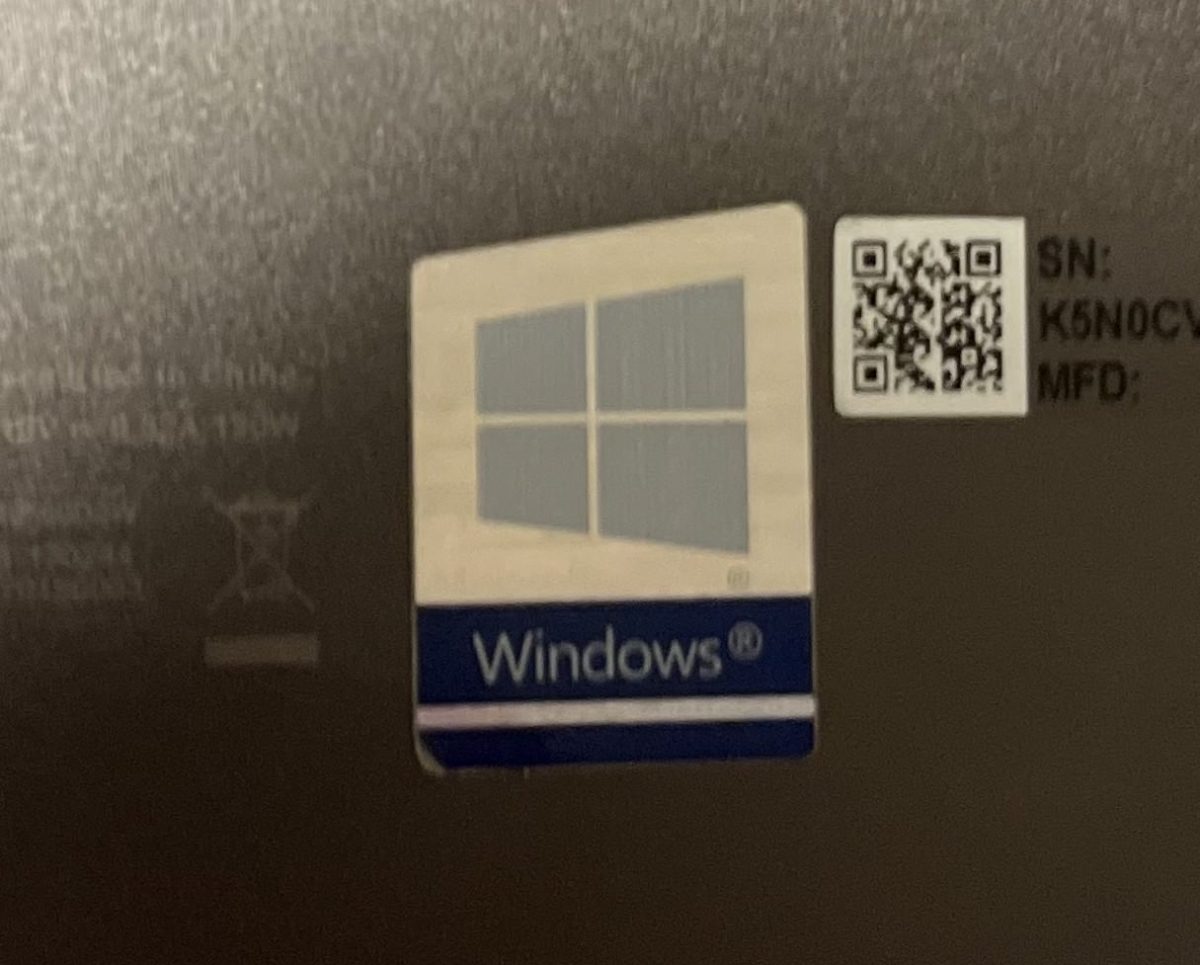Opinions on tattoos have strongly varied throughout the years. Some people get them to symbolize an important milestone, to memorialize a loved one or for purely aesthetic reasons. Others view them as unprofessional and ugly. However, a new type of tattoo can be groundbreaking for the medical world and potentially change previously held opinions.
For a project called Dermal Abyss, researchers at MIT and Harvard created a new ink which is capable of warning patients of certain medical conditions. The ink’s ability to change colors can help detect blood sugar increases and dehydration. The bio-sensitivity of the ink makes it better than other medical monitoring devices.
Researchers have found that current medical monitoring devices do not integrate well with the body. These devices seek wireless connectivity and have short battery lives. The new biosensitive tattoos require neither. The biosensitive tattoo works by having biosensors which change colors in response to variations in the intestinal fluid. The most impressive feature of the tattoo is its ability to sense glucose levels. The tattoo changes from green to brown as glucose levels rise. This tattoo could make diabetics lives a lot easier. With these, they will not have to prick their fingers throughout the day to monitor their glucose levels.
“It seems that it may save diabetics money in terms of the cost of glucose monitoring devices, lancets, test strips and finger prickers,” Sydney Lear, who was born with type 1 diabetes comments. “It may also eliminate the need for diabetics to carry around monitoring supplies. I would be skeptical however when it comes to the tattoo’s efficiency after many years of use.”
The tattoo ink has a number of important features. For examples, two of its abilities are to sense pH and sodium levels which is important for detecting dehydration. The ink also has the ability to be invisible for those who want the tattoo to be discrete. It would only be visible under certain types of light which may be produced by smartphones. The researchers have developed an app that is able to analyze the image and provide diagnostic results.
The new product is not completely foolproof yet. The team still has to work out a few flaws. They want to make sure that the ink does not fade and diffuse into the tissues over time like normal tattoos. These issues need to be worked out before they can be used for medical use. However, when the kinks are worked out the tattoos could be used for long-lasting use for chronic conditions or for temporary use for short-duration monitoring.


















Kaylie M. • Oct 10, 2017 at 4:29 pm
It’s a very cool thought, but I’m skeptical. Great article though, my interest grew and grew. How would the ink be able to detect such changes? The only reason gadgets can is because they are programmed, so how does the ink? Or is it just one of those natural reactors, like when you’re hot you turn red. Though then again it’s your mind telling your body to turn that color isn’t it? I don’t know, I’m very interested in learning more.
Cole Dorman • Oct 9, 2017 at 7:43 pm
Fantastic article! It’s always exciting to see advances in medical science. I’ve personally noticed that older generations are the ones that reject tattoos, and I wonder if they would also be hesitant to receive this type of treatment.